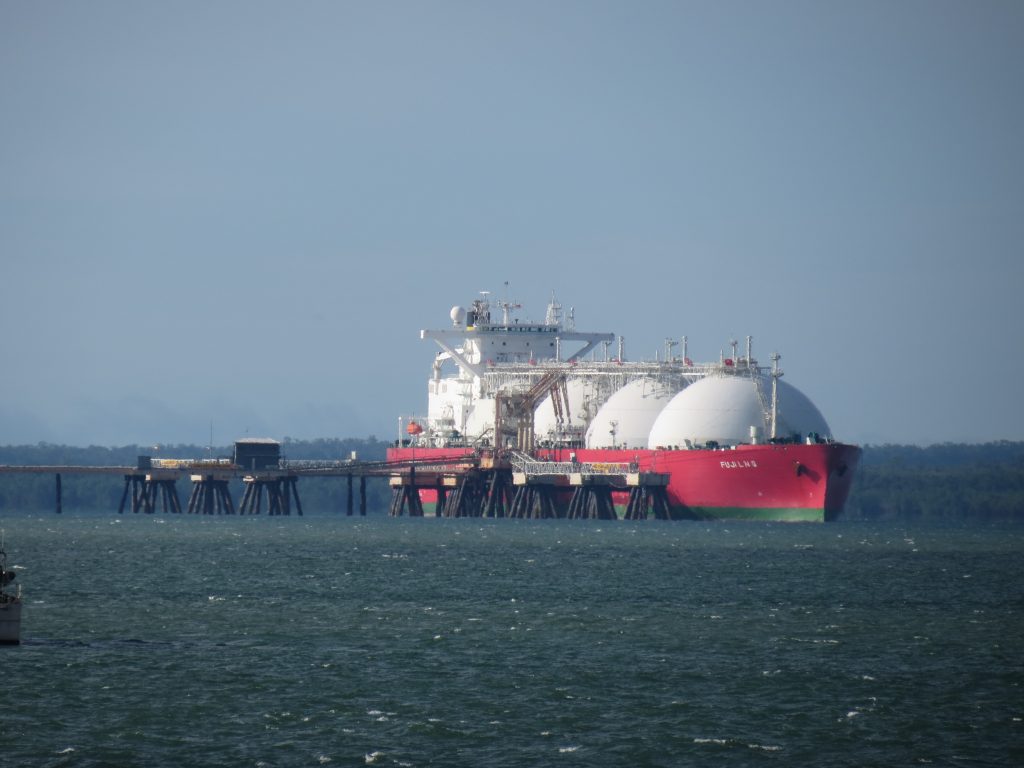
The recently agreed upon so-called phase one trade deal reached between the U.S. and China, if for nothing else, shows that the two sides can actually forge an agreement amid the 16-month plus heated trade war that has caused a global economic slowdown as well as the worst relations between the two powers since the 1950s. Per the deal, Washington reduced some tariffs and Beijing canceled retaliatory duties that were previously scheduled to take effect on December 15.
Several U.S. sectors will benefit from the agreement, but U.S. oil and gas exports to China will not – oil imports from the U.S. will still face a 5% tariff, while U.S. imports of liquefied natural gas (LNG) will still face a massive 25% tariff.
China, the world’s largest crude oil importer, lowered U.S. crude shipments from a record high hit last year. Chinese customs data showed imports from the U.S. in the first 10 months in 2019 were halved year-on-year to 146,275 barrels per day (bpd).
LNG imports in the first 10 months of 2019 shrank a whopping 87.2% on the year to 258,955 tons, according to Chinese customs. And, it’s the ongoing tariff on LNG that is the most problematic for the American energy sector.
Unlike oil, the so-called second wave of U.S. LNG development needs Chinese funds. Numerous new projects and project proposals need to sign long term-offtake (supply) agreements with Chinese firms. China is the world’s second largest LNG importer after Japan and within a few years will become the world’s top LNG importer as the government mandates increased gas usage in the country to offset rampant air pollution levels caused by coal usage.
Moreover, if several new U.S. proposals can’t ink these agreements needed to reach the all-important final investment decision, many will fall by the way side.
The long-term impact of this is severe. Without many of these projects coming to fruition, the U.S. will cede considerable market share in the LNG sector by the mid part of the next decade to Qatar, who will ramp up its capacity from a current 77 million tons per annum (mtpa) to a record breaking 126 mtpa, as well as Russia, who has made LNG development a national priority, East Africa and others.
The loss of American jobs, capital and revenue will be felt across not only the U.S. energy sector but the totality of the American economy.
This is why China slapped first a 10%, then a 25% tariff on U.S. LNG imports. Beijing knows full well how to hit and hit hard at the soft side of the U.S. energy juggernaut.
Perhaps a phase two deal will include a reduction of LNG tariffs, yet to remove the risk going forward a total elimination of LNG tariffs will be needed – and that may be a very long time in the making.
Subscribe to our evening newsletter to stay informed during these challenging times!!